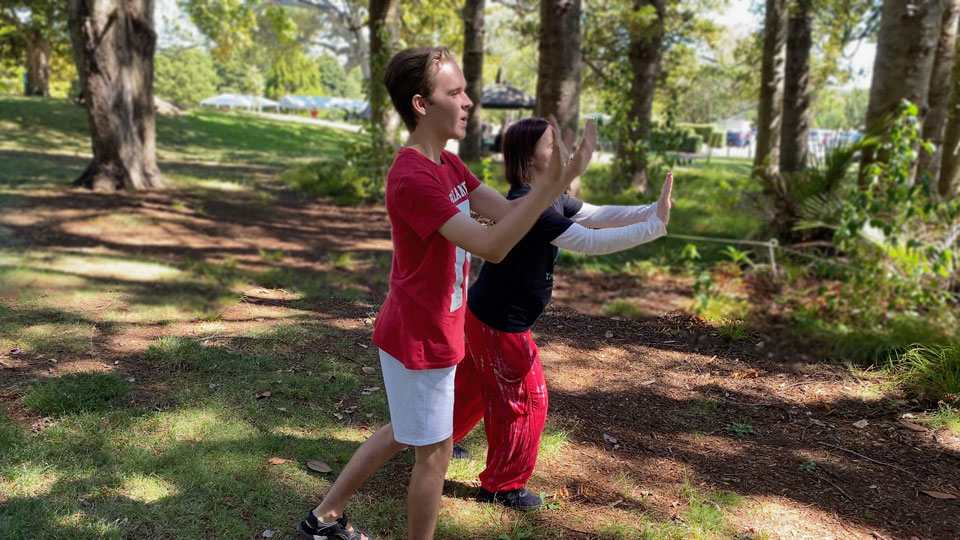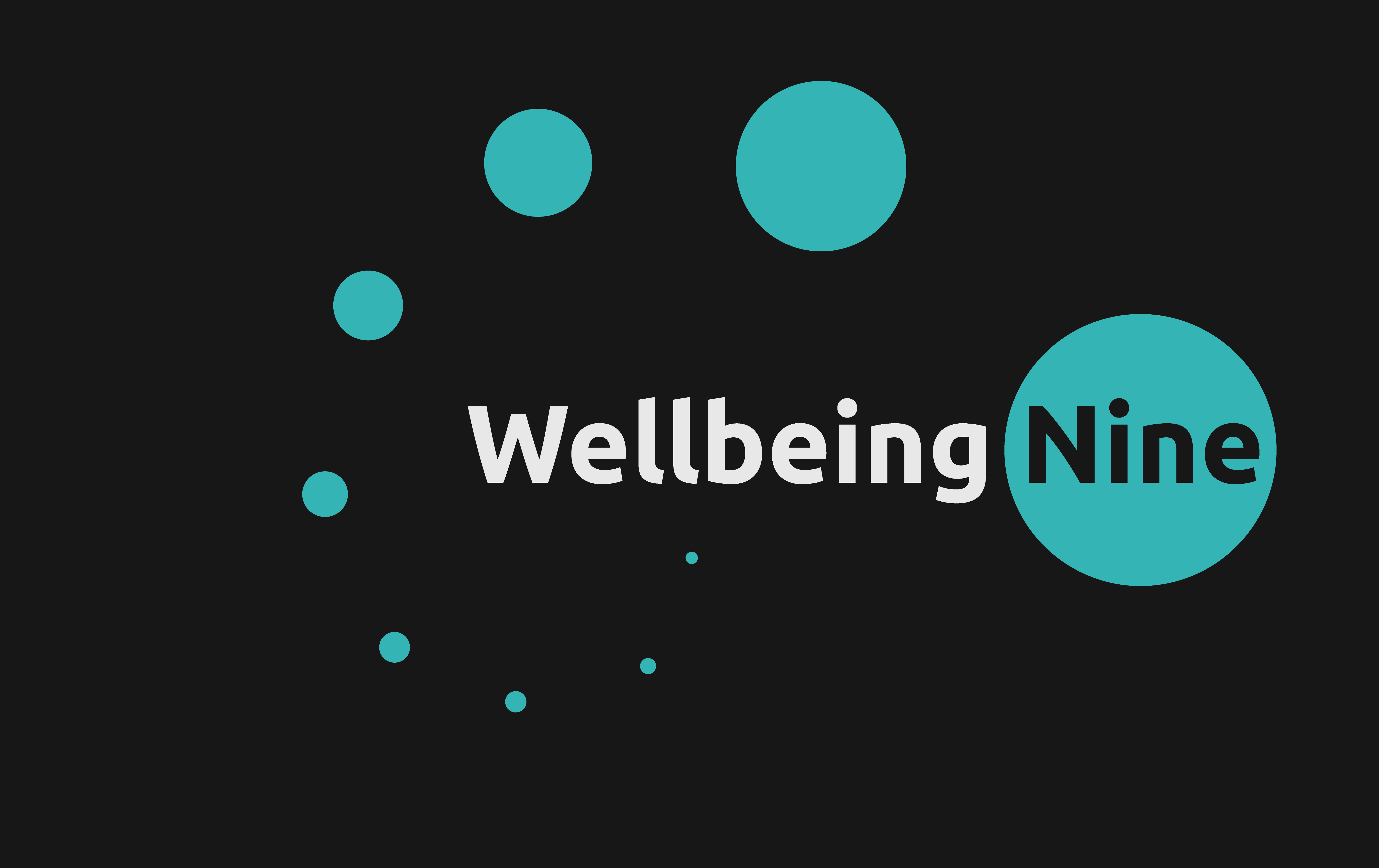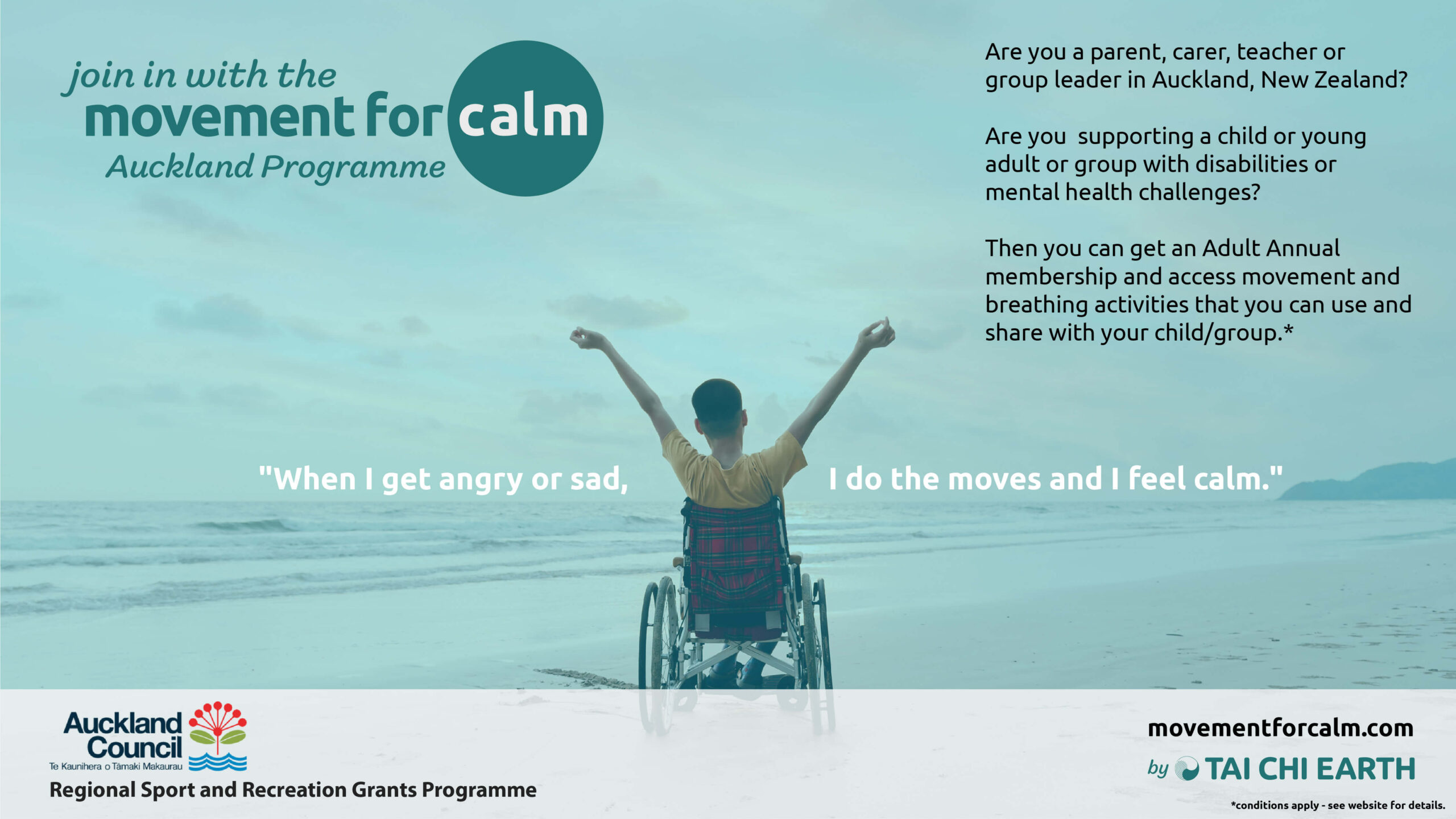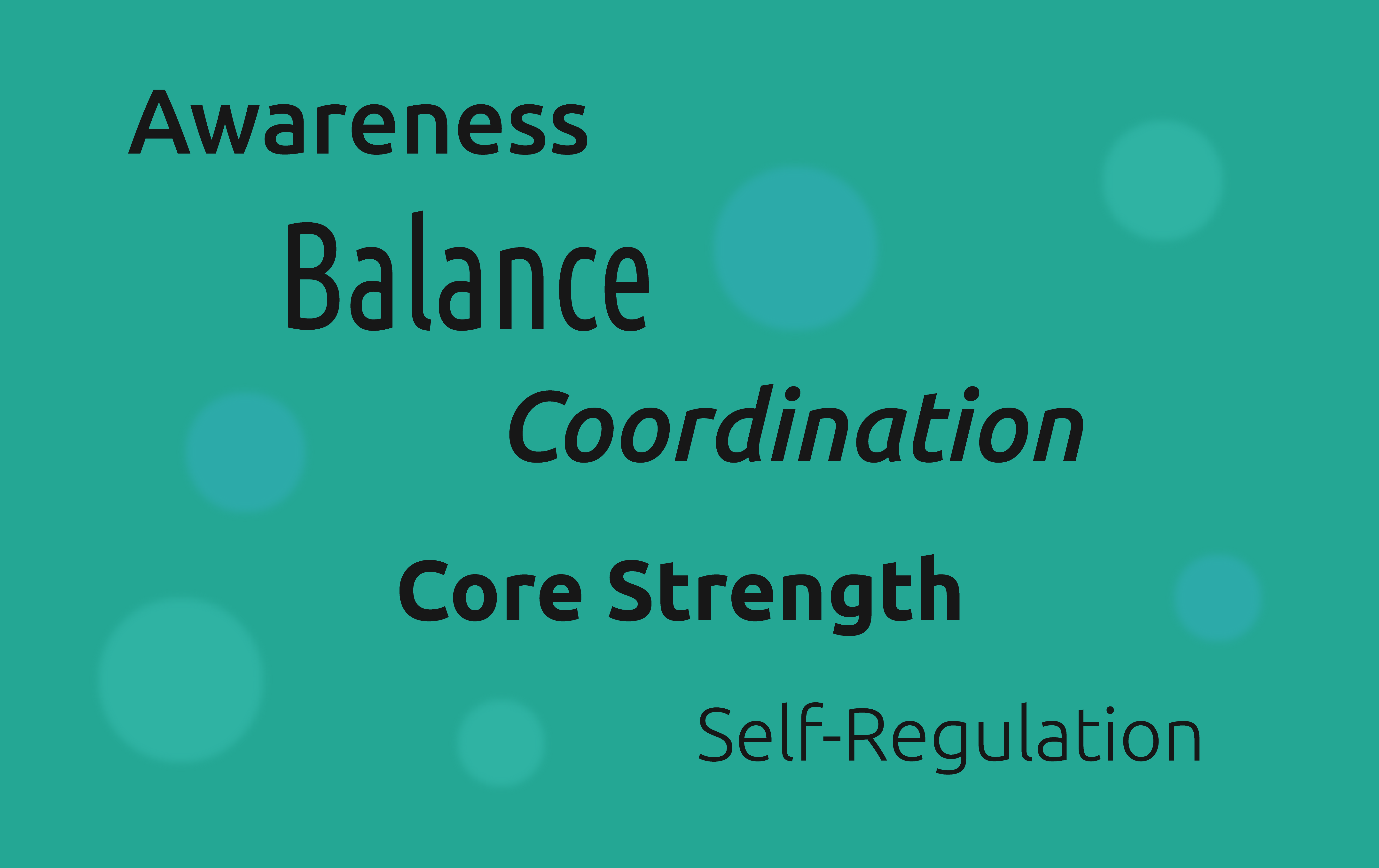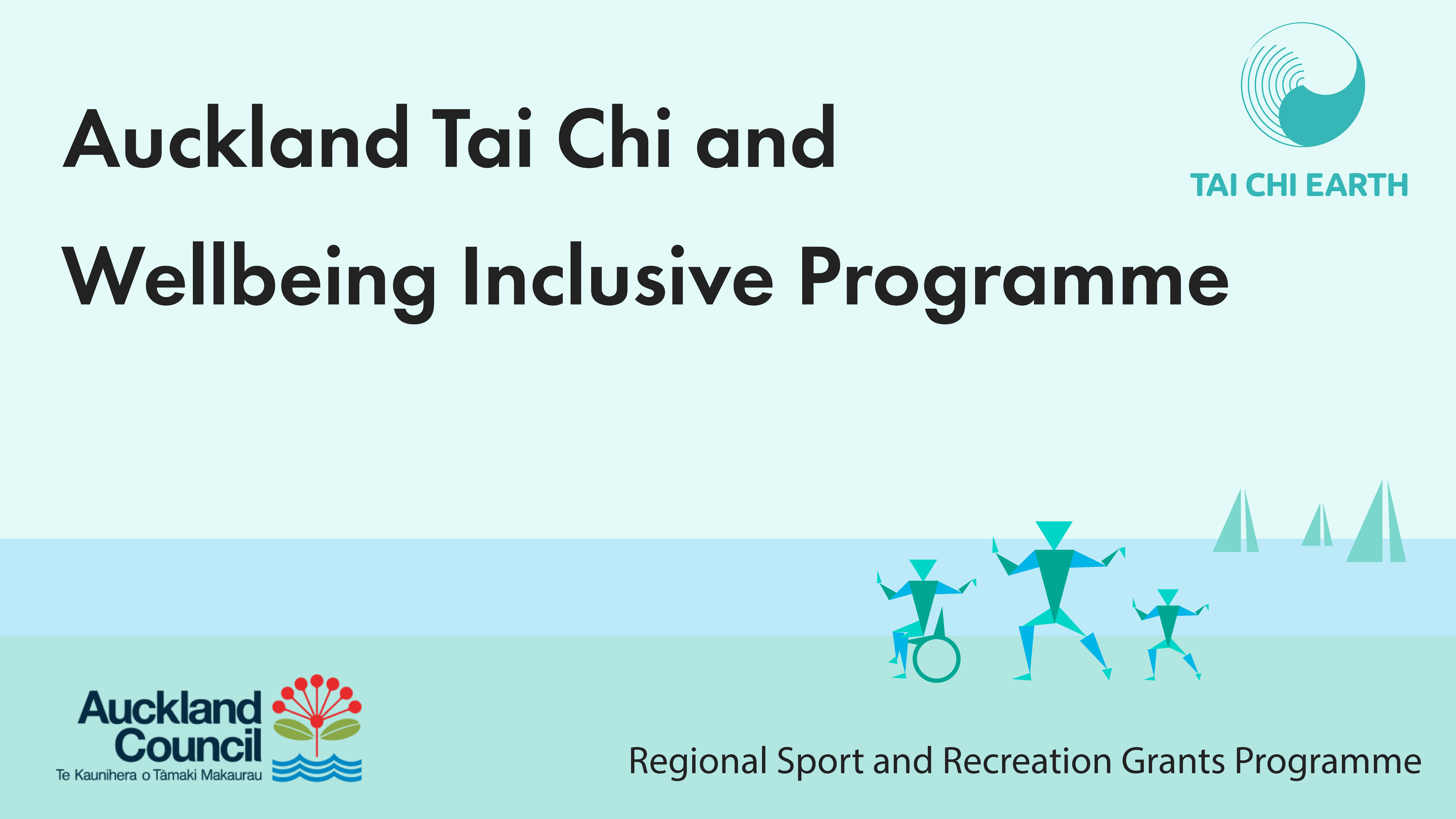Moments of anxiety
Often in our daily lives we have moments when we get more stressed and anxiety builds. For a person who has autism we know that this can be particularly challenging, heightened and made worse by difficulties coping with change, transitions and overwhelm. This overwhelm can be from a variety of sources – from over stimulating environments, from the feel of rain on the face, from a noise in the distance, awareness of possible dangers. When challenged with a transition, it can bring a whole new set of thoughts to deal with that can affect us both mentally and physically.
We can use breathing methods paired with certain movements to help better navigate these events. The teenager in the photo, Daniel, did just that.
Practice of skills to calm
It is important to learn the methods when we are not anxious as we are not very capable of learning and absorbing useful information when we are in the wrong mental state. The overall skill to teach is self-regulation – the ability to monitor and realise your current emotional state and to modify or control your thoughts and actions to achieve a desired outcome. More simply put:
Last week I got really angry in the ICT suite but I did some of these (showing one of the moves with accompanying breathing) - I did 4 of them . And it made me o.k.”
Pupil - Primary Special School
We can’t promise it will work as quick as that every time but the great thing about teaching these tools to self-regulate is that you are empowering the participant to manage better in different situations and to feel more comfortable and confident.
We use tai chi and qigong movements that have been simplified so they are useful no matter what level of ability someone has. The main principle of tai chi and qigong is that it combines the mind, body and breath to enable a balance in both physical and mental wellbeing.
We found a brilliant quiet spot in a park, in a circle of trees, for a group inclusive tai chi session. We were lucky with the weather and the whole feel of the breeze in the trees and birds singing just added to the tranquility. The trees created their own outside room and created a place where we could feel grounded.
The group usually works on some loosening and warming up exercises to build the participants engagement. Then we worked on the repeated practice of moves such as ‘push the mountain’ to get some muscle memory and the feeling of flow. The repetition of familiar moves is key to begin to feel the effects more readily with each session. Then we bring the breathing into it, combining the breath with the movement, and this is what really helps with self-regulation.
The skills should be practiced before they are needed:
Everyday use of skills
Doing these mindful movements regularly is very good for overall wellbeing and can help us in our everyday life too.
- The movements help to improve good physical structure and coordination. Daniel was doing some good work on combining the bending of his knees while moving the upper body and through full body motions.
- Daniel used his tai chi skills in the classroom. Unprompted, he went and got a Hoberman sphere (an expanding and contracting plastic ball) and took it back to his chair. Daniel then began his belly breathing exercise of opening and closing his hands around the sphere while combining this with deep breaths.
- While transitioning to a new event in the car, Daniel started to feel some anxiety building. Again, without prompts, he was able to do the open and close deep breathing technique to help himself achieve a calmer state of mind.

